Unlocking the Future: How Car Readers Transform Automotive Diagnostics and Performance Monitoring
In an era where technology is rapidly reshaping industries, the automotive sector stands at the forefront of innovation, particularly through the use of car readers. These sophisticated devices are revolutionizing automotive diagnostics and performance monitoring, offering unprecedented insights into vehicle health and functionality. By providing real-time data and diagnostic trouble codes, car readers empower both professionals and enthusiasts to make informed decisions regarding maintenance and repair. As vehicles become increasingly complex, the ability to seamlessly analyze performance metrics and diagnose issues in real-time is essential.
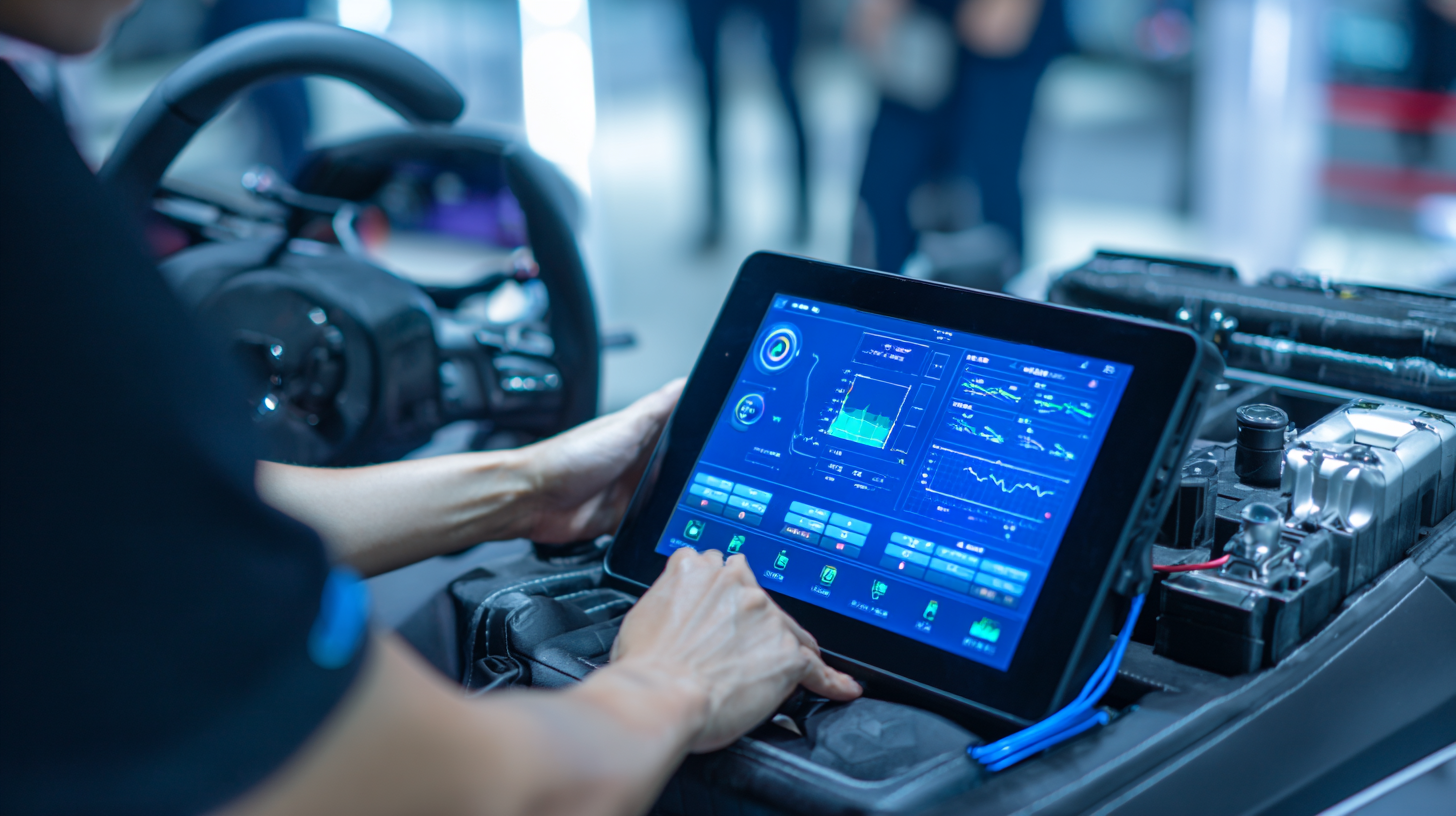
This guide delves into the transformative role of car readers, exploring how they enhance efficiency, save costs, and contribute to safer driving experiences. Join us as we unlock the future of automotive technology, demonstrating not only how to use car readers effectively but also how they can fundamentally change the way we understand and care for our vehicles.
The Evolution of Car Readers: A Digital Revolution in Diagnostics
The evolution of car readers represents a digital revolution that has fundamentally transformed the landscape of automotive diagnostics and performance monitoring. According to a report by MarketsandMarkets, the global automotive diagnostic scan tools market is expected to grow from $30.2 billion in 2020 to $45.9 billion by 2025, reflecting a compound annual growth rate (CAGR) of 8.6%. This growth is driven by the increasing complexity of vehicles and the rising demand for efficient diagnostic solutions that can quickly identify issues before they escalate.
Modern car readers have transitioned from basic OBD-II scanners to sophisticated, feature-rich devices capable of real-time data monitoring, predictive diagnostics, and integration with mobile applications. A study by Allied Market Research indicates that the intelligent diagnostic tools segment alone is projected to reach $9.6 billion by 2027, as more automotive professionals adopt advanced technologies to enhance service efficiency. Furthermore, the rise of connected vehicles, equipped with advanced telematics, is further pushing the boundaries of what car readers can achieve, enabling remote diagnostics and performance tuning that can significantly reduce repair times and improve overall vehicle reliability.

Key Features of Modern Car Readers Enhancing Performance Monitoring
Modern car readers are revolutionizing automotive diagnostics and performance monitoring with their
advanced features tailored for both professional mechanics and
everyday car owners. One of the key innovations is the integration of
real-time data streaming capabilities, which allows users to
monitor engine performance and identify issues on-the-go. According to a report by
MarketsandMarkets, the global automotive
diagnostic scan tools market is projected to reach $28.6 billion by 2025, driven by
the increasing complexity of vehicles and the demand for more accurate
diagnostic tools.
Another significant enhancement in modern car readers is their compatibility with
various vehicle models and brands, thanks to
OBD-II technology. This interoperability empowers users to perform comprehensive diagnostics, accessing critical data such as
fault codes and sensor readings, which are essential for effective performance monitoring.
A study by ResearchAndMarkets indicates that the rise of connected vehicles has led to a
20% increase in the use of diagnostic tools in recent years, signifying a shift towards
preventive maintenance driven by data insights. These advancements not only streamline the repair process but also help in
optimizing vehicle performance, leading to better fuel efficiency and
longer lifespans for vehicles.
Step-by-Step Guide to Using Car Readers for Effective Diagnostics
Car readers, also known as OBD-II scanners, have revolutionized automotive diagnostics by providing real-time data and insights into vehicle performance. These devices can readily access the onboard diagnostic system of modern vehicles, enabling technicians and DIY enthusiasts alike to identify issues promptly. According to a report by Technavio, the global automotive diagnostic scanner market is expected to grow by USD 2.56 billion from 2021 to 2025, reflecting the increasing reliance on technology for vehicle maintenance and repairs.
To effectively use car readers, follow a systematic approach. Start by connecting the device to the vehicle's OBD-II port, typically located under the dashboard near the driver's seat. Once connected, turn on the ignition without starting the engine. Most car readers will automatically detect the vehicle and retrieve diagnostic trouble codes (DTCs). Analyze the codes using the reader's interface or accompanying software, which often provides descriptions and potential solutions. A study by Market Research Future indicates that the demand for advanced automotive diagnostic tools will increase as more vehicles adopt complex electronic systems, underscoring the importance of familiarizing oneself with car readers for optimal vehicle performance monitoring.
Unlocking the Future: Car Reader Performance Monitoring
Data Analysis: Interpreting Automotive Performance Metrics with Car Readers
Car readers, commonly known as diagnostic tools, have revolutionized how we interpret automotive performance metrics. According to a report by MarketsandMarkets, the global automotive diagnostic scan tool market was valued at approximately $31.6 billion in 2020, and it is projected to reach $54.5 billion by 2026, demonstrating a CAGR of 9.3%. This growth underscores the increasing reliance on advanced diagnostics to enhance vehicle efficiency and reliability. By utilizing car readers, technicians and vehicle owners can access real-time data on engine performance, fuel efficiency, and emissions levels, which are critical for optimizing automotive performance.
Moreover, the insights gained through data analysis from car readers can lead to significant savings and improvements. A study by the Society of Automotive Engineers (SAE) found that utilizing diagnostic tools can reduce repair times by up to 30%. By identifying issues early, vehicle owners can avoid costly repairs and maintain optimal performance levels. Furthermore, the ability to monitor metrics such as tire pressure and battery health enables proactive maintenance, contributing to overall vehicle longevity and safety. The shift towards data-driven decision-making in automotive care highlights the transformative impact of car readers on the industry.
Future Trends: AI and IoT in the Next Generation of Car Readers
The evolution of car readers is set to revolutionize automotive diagnostics and performance monitoring, driven by advancements in artificial intelligence (AI) and the Internet of Things (IoT). In the near future, these technologies will enable car readers to provide real-time data analysis and predictive diagnostics. This means that vehicle owners will no longer need to wait for a problem to occur; instead, they will receive alerts about potential issues before they escalate, enhancing both safety and maintenance efficiency.

Tips for optimizing your experience with next-generation car readers include regularly updating the software to ensure you have the latest features and security updates. Additionally, familiarize yourself with the mobile applications that complement these devices, as they can provide deeper insights and predictive analytics tailored to your driving habits. Finally, engage with online communities or forums dedicated to car technology to stay informed about new trends and user experiences.
As AI continues to improve, expect car readers to evolve into intelligent assistants that learn from your driving behavior. They will offer personalized advice on optimizing fuel efficiency and monitor vehicle parameters to ensure peak performance. Integrating IoT capabilities will also allow these devices to communicate with other smart technologies, making for a more cohesive and convenient driving experience.
Related Posts
-
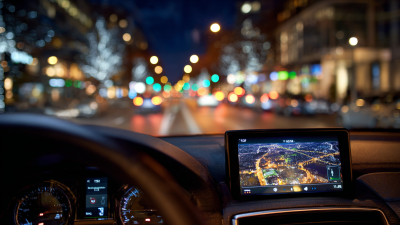
How to Choose the Best Car Reader for Your Vehicle Needs
-

How to Choose the Best Car Reader for Your Vehicle Needs
-
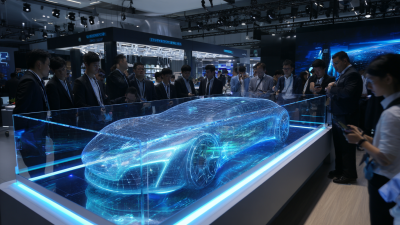
Exploring the Future of Automotive Innovation: Car Reader Technologies at the 138th Canton Fair 2025
-

Exploring the Rise of Refurbished Vending Machines in the Automated Retail Industry
-
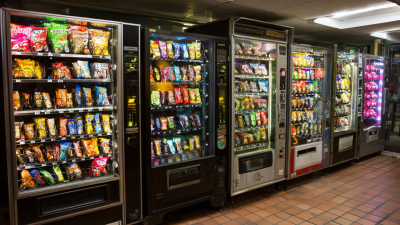
How to Choose the Right Snack Machines for Your Business Needs
-
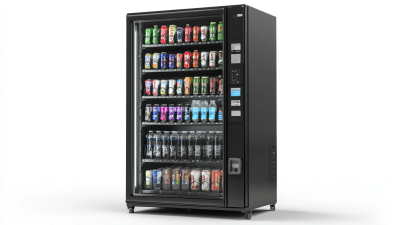
7 Best Refrigerated Vending Machines for 2023: Boost Sales with Smart Technology!
